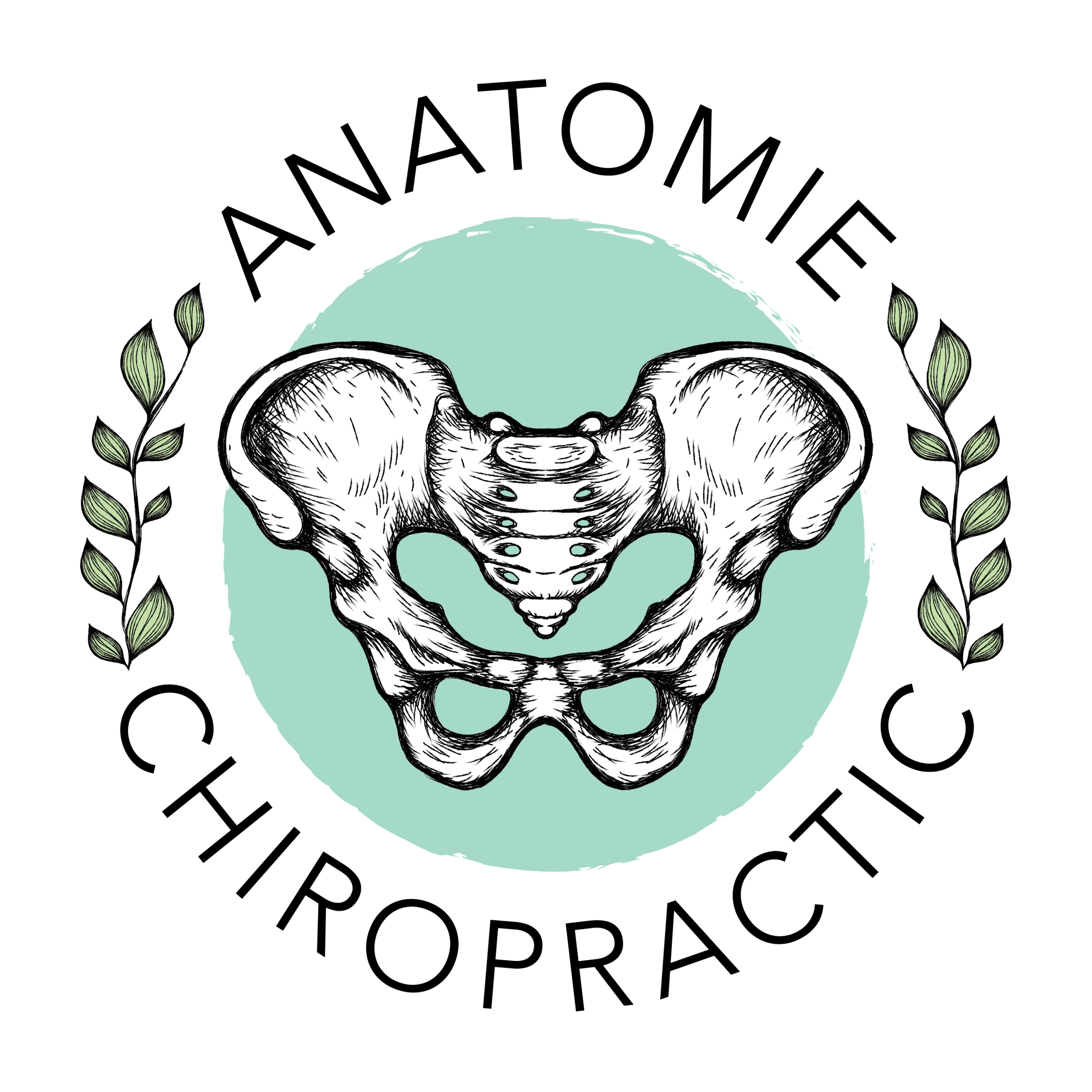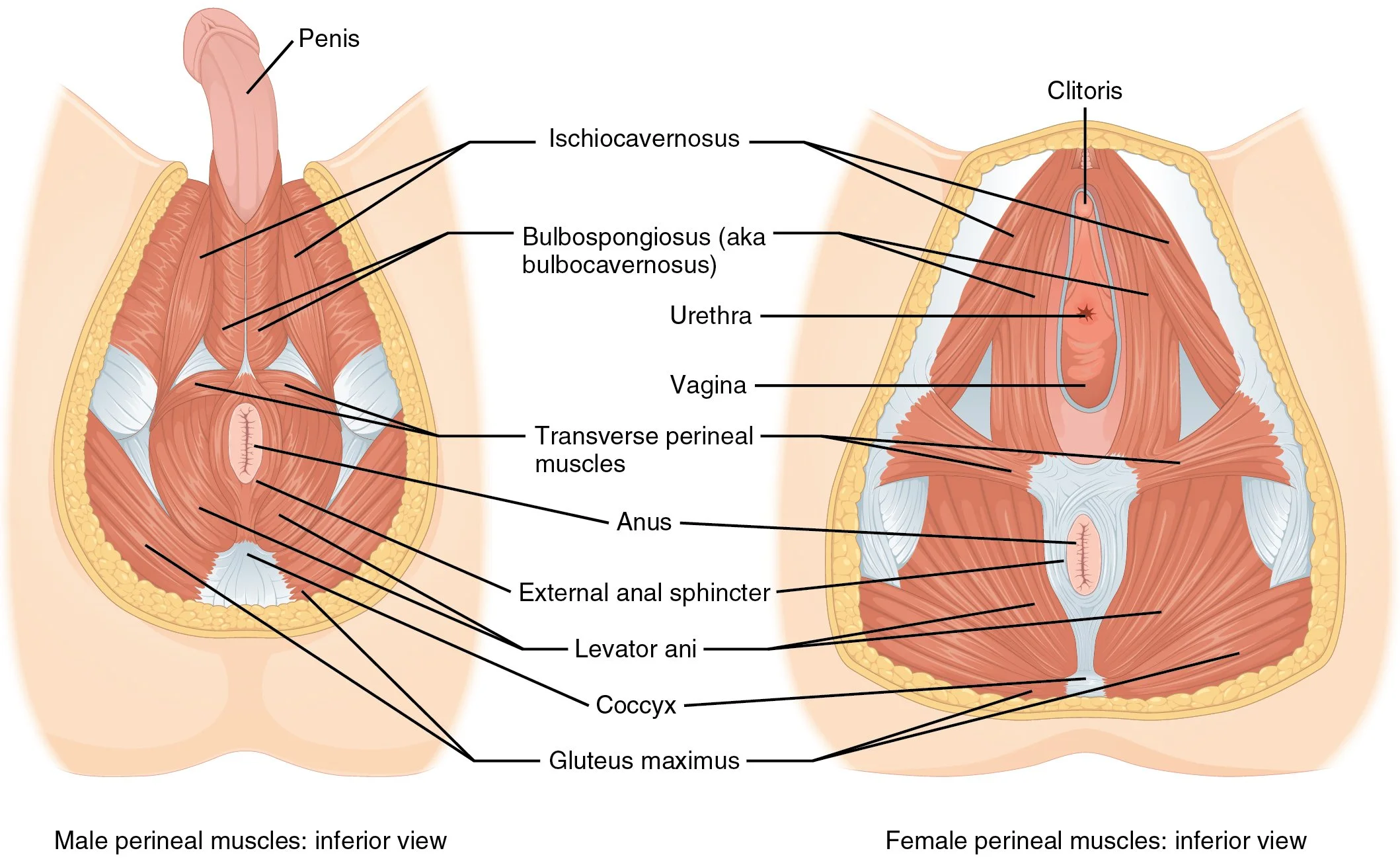Dry needling for the Pelvic Floor
You wanna put what…where?
Solid research shows the benefit of dry needling pelvic muscles.
The pelvic floor is a group of muscles and fascia that, like a hammock, support our pelvic organs and assist in stabilizing the spine and pelvis, hip rotation, bladder, bowel, and sexual functions, and even breathing! These muscles can become spasmed (tight), injured, or uncoordinated, leading to problems like pelvic pain, incontinence, prolapse, feeling the urge to pee/poo too often, difficulty releasing urine or feces or gas, sexual dysfunction, and pain with sex. One of my favorite ways to treat tight pelvic floor muscles is with dry needling.
Dry needling is a therapeutic technique that involves inserting thin needles (you can barely feel them) into specific trigger points within pelvic and hip muscles. Unlike acupuncture, which is based on traditional Chinese energy medicine, dry needling focuses on releasing muscle tension and decreasing inflammation. By targeting trigger points, dry needling aims to alleviate pain, improve muscle function, and promote healing in the pelvis.
Benefits of Dry Needling for Pelvic Floor Muscles:
1. Muscle Relaxation: Dry needling helps release tension and tightness in the pelvic floor muscles. This can be particularly beneficial for individuals experiencing pelvic pain or discomfort, as it promotes relaxation and reduces muscle spasms.
2. Improved Blood Flow: By stimulating blood circulation in the pelvic region, dry needling can enhance the delivery of oxygen and nutrients to the pelvic floor muscles. This increased blood flow aids in tissue repair and promotes overall muscle health.
3. Enhanced Muscle Activation: Dry needling can activate dormant or weak muscles within the pelvic floor. By stimulating these muscles, it helps improve their strength, coordination, and endurance. This, in turn, contributes to better bladder control, reduced urinary incontinence, and improved sexual function.
4. Pain Reduction: Many individuals with pelvic floor muscle dysfunction experience chronic pain. Dry needling can help alleviate pain by targeting trigger points and releasing endorphins, the body's natural pain-relieving chemicals. This can lead to a significant reduction in discomfort and an improved quality of life.
5. Complementary Treatment: Dry needling can be used in conjunction with other pelvic floor rehabilitation techniques, such as pelvic floor exercises, biofeedback, and strength training. When combined, these therapies can provide a comprehensive approach to addressing pelvic floor muscle dysfunction and optimizing treatment outcomes.
Whether you are just learning about pelvic floors or have tried other treatments without success, dry needling can help restore your pelvic floor muscle function and relieve stressful symptoms. You can contact Dr. Sarah with questions here, or book your pelvic floor dry needling session here.

